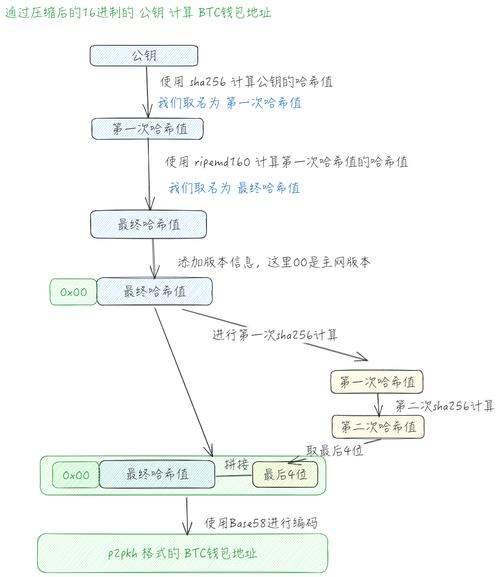Crypto Coin Price Chart: A Comprehensive Guide
Crypto Coin Price Chart: A Comprehensive Guide
Understanding the crypto coin price chart is crucial for anyone looking to invest in the cryptocurrency market. This guide will delve into the various aspects of a crypto coin price chart, helping you make informed decisions. Let’s explore the different dimensions of a crypto coin price chart.
Understanding the Basics

A crypto coin price chart is a visual representation of the historical and current prices of a cryptocurrency. It typically includes a time frame, price scale, and various technical indicators. By analyzing this chart, you can gain insights into the performance of a particular cryptocurrency over time.
When you look at a crypto coin price chart, you’ll notice several components:
- Time Frame: This indicates the duration over which the prices are displayed. Common time frames include 1 minute, 5 minutes, 30 minutes, 1 hour, 1 day, 1 week, and 1 month.
- Price Scale: This shows the price range of the cryptocurrency. It can be adjusted to display higher or lower price increments.
- Opening Price: The price at which the cryptocurrency opened on a specific day or time frame.
- High Price: The highest price the cryptocurrency reached during the specified time frame.
- Low Price: The lowest price the cryptocurrency reached during the specified time frame.
- Closing Price: The price at which the cryptocurrency closed on a specific day or time frame.
- Volume: The total number of units of the cryptocurrency traded during the specified time frame.
Interpreting the Chart
Interpreting a crypto coin price chart requires a combination of technical analysis and fundamental analysis. Here are some key aspects to consider:
Technical Analysis

Technical analysis involves studying historical price and volume data to identify patterns and trends. Here are some common technical indicators and tools used in crypto coin price charts:
- Price Patterns: These include head and shoulders, triangles, flags, and pennants. They help identify potential reversals or continuation patterns.
- Volume Analysis: Analyzing the volume of trades can provide insights into the strength of a trend. For example, a rising trend with increasing volume is typically considered more robust.
- Moving Averages: These are used to smooth out price data and identify trends. Common moving averages include the 50-day, 100-day, and 200-day moving averages.
- Relative Strength Index (RSI): This indicator measures the speed and change of price movements. It ranges from 0 to 100 and is used to identify overbought or oversold conditions.
- Bollinger Bands: These consist of a middle band, an upper band, and a lower band. They help identify potential overbought or oversold conditions and provide support and resistance levels.
Fundamental Analysis
While technical analysis focuses on historical data, fundamental analysis involves evaluating the intrinsic value of a cryptocurrency. Here are some key factors to consider:
- Market Cap: This is the total value of all coins in circulation. A higher market cap indicates a more established cryptocurrency.
- Supply and Circulating Supply: The total supply of a cryptocurrency and the number of coins currently in circulation can impact its value.
- Development Team: The experience and reputation of the development team behind a cryptocurrency can influence its success.
- Use Case: The real-world applications of a cryptocurrency can affect its demand and value.
- Community and Adoption: A strong and active community, as well as widespread adoption, can contribute to the success of a cryptocurrency.
Reading the Chart
When reading a crypto coin price chart, pay attention to the following:
- Trends: Identify whether the cryptocurrency is in an uptrend, downtrend, or sideways trend. Uptrends are characterized by higher highs and higher lows, while downtrends are characterized by lower highs and lower lows.
- Support and Resistance: These are price levels where the cryptocurrency has repeatedly struggled to move above or below. They can be used




